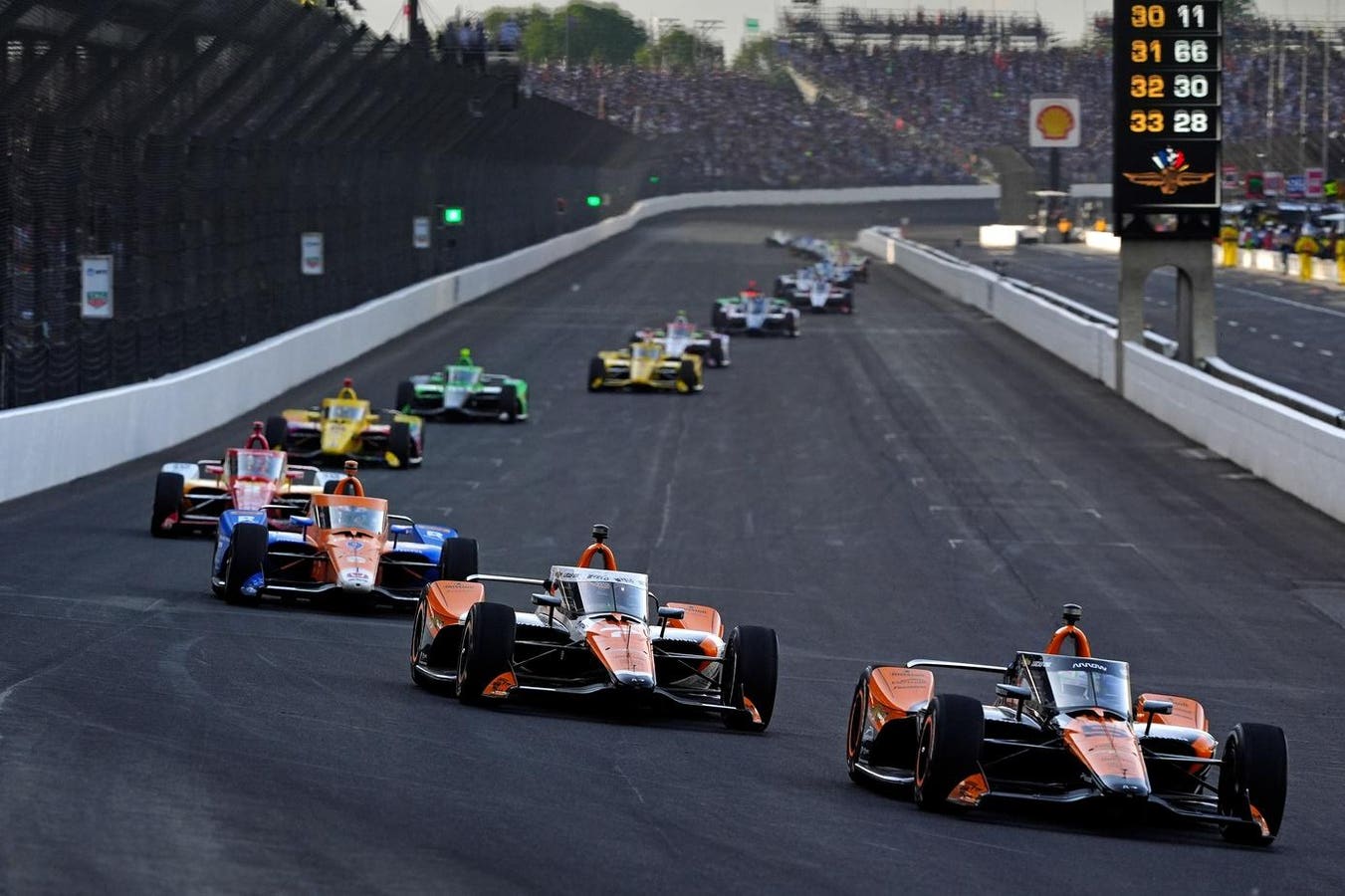**Title: NASCAR and IndyCar Face Potential Scheduling Conflicts Ahead of 2025 Racing Season**
As the motorsport world turns its attention to the upcoming 2025 racing season, both NASCAR and IndyCar are diligently working to finalize their schedules. However, tensions are beginning to surface over potential scheduling conflicts that could impact teams, drivers, and fans alike. With both series vying for attention from motorsport enthusiasts, overlapping race dates could pose significant challenges for those involved in the racing community.
The 2025 season is gearing up to be a pivotal year for both NASCAR and IndyCar as both series look to expand their follower base and draw in larger crowds. For NASCAR, with its storied history and massive popularity, the series is often the first choice for many fans when it comes to stock car racing. Meanwhile, IndyCar, known for its high-speed open-wheel racing, has been steadily increasing its popularity and prestige, particularly with events like the Indianapolis 500 drawing in worldwide attention.

However, the potential overlap of races raises concerns for teams and sponsors who may need to make difficult choices about where to allocate their resources. Financial implications are also a significant factor, as race attendance and viewership numbers play a crucial role in the success of a given event. With limited marketing budgets, teams that find themselves spread too thin between two conflicting race weekends risk alienating their fan bases and sponsors, undermining their competitive positioning.
The discussions around the 2025 schedules are ongoing, with both NASCAR and IndyCar committees closely observing the other’s proposed dates. Historically, these two major racing series have managed to coexist with additional efforts made to minimize overlap; however, the growing popularity of both series leads to more intense competition for viewers. As such, fans could potentially find themselves with tough choices: watching their favorite drivers on conflicting weekends or trying to catch both events through complicated viewing schedules.
One area of particular concern is the late spring and early summer months, a time when both series see a concentration of key races. The NASCAR Cup Series, renowned for its stock car events, has traditionally held races during the prime racing months of March through July. IndyCar, featuring its signature event, the Indianapolis 500 in late May, also has a packed schedule during these same months. If both series are unable to coordinate their calendars effectively, it could result in racing weekends where fans would need to choose one event over the other, inevitably splitting viewership and attendance.
With both series being managed by separate organizations, the conversations around scheduling are complicated. NASCAR officials have indicated that they remain committed to finding a solution that meets the interests of all stakeholders involved, including teams, fans, and sponsors. They are working to maintain open lines of communication with IndyCar to seek a resolution that allows both series to flourish without impeding each other’s success.
Moreover, the implications extend beyond just fan attendance; they include logistical challenges for team personnel, equipment transport, and marketing collaborations. Teams may struggle to be present at both events, leading to mixed messages and representation in both series, which could dilute brand value.
As the 2025 racing season approaches, the racing community will be watching closely. The potential scheduling conflicts between NASCAR and IndyCar could alter the landscape of motorsports in North America profoundly. Stakeholders from teams to fans are keen to discover how these two powerhouse series will navigate their growing popularity while ensuring they offer the best possible experience for those passionate about racing.
In an era where fan engagement and solid viewing numbers dictate the future success of motorsport events, finding common ground amid such competition will be paramount. An amicable resolution could foster dual growth opportunities for both NASCAR and IndyCar, allowing them to continue thrilling racing fans for many seasons to come. As discussions unfold, anticipation grows around how both series will create a harmonious racing calendar, enabling them to coexist while delivering adrenaline-packed experiences to racing fans nationwide.
